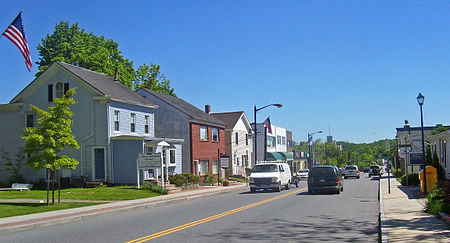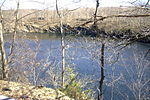Carmel Hamlet, New York
Census-designated places in New York (state)Census-designated places in Putnam County, New YorkCounty seats in New York (state)Hamlets in New York (state)Hamlets in Putnam County, New York

Carmel Hamlet, commonly known simply as Carmel, is a hamlet and census-designated place (CDP) located in the Town of Carmel in Putnam County, New York, United States. As of the 2010 census, the population was 6,817.The hamlet is the site of the historic County Court House (built 1814), the David D. Bruen County Office Building, and other structures, and borders Lake Gleneida. Next to the lake stands a bronze statue commemorating Sybil Ludington.
Excerpt from the Wikipedia article Carmel Hamlet, New York (License: CC BY-SA 3.0, Authors, Images).Carmel Hamlet, New York
Gleneida Avenue,
Geographical coordinates (GPS) Address Nearby Places Show on map
Geographical coordinates (GPS)
| Latitude | Longitude |
|---|---|
| N 41.426111111111 ° | E -73.678888888889 ° |
Address
Putnam County Courthouse
Gleneida Avenue 44
10512
New York, United States
Open on Google Maps








